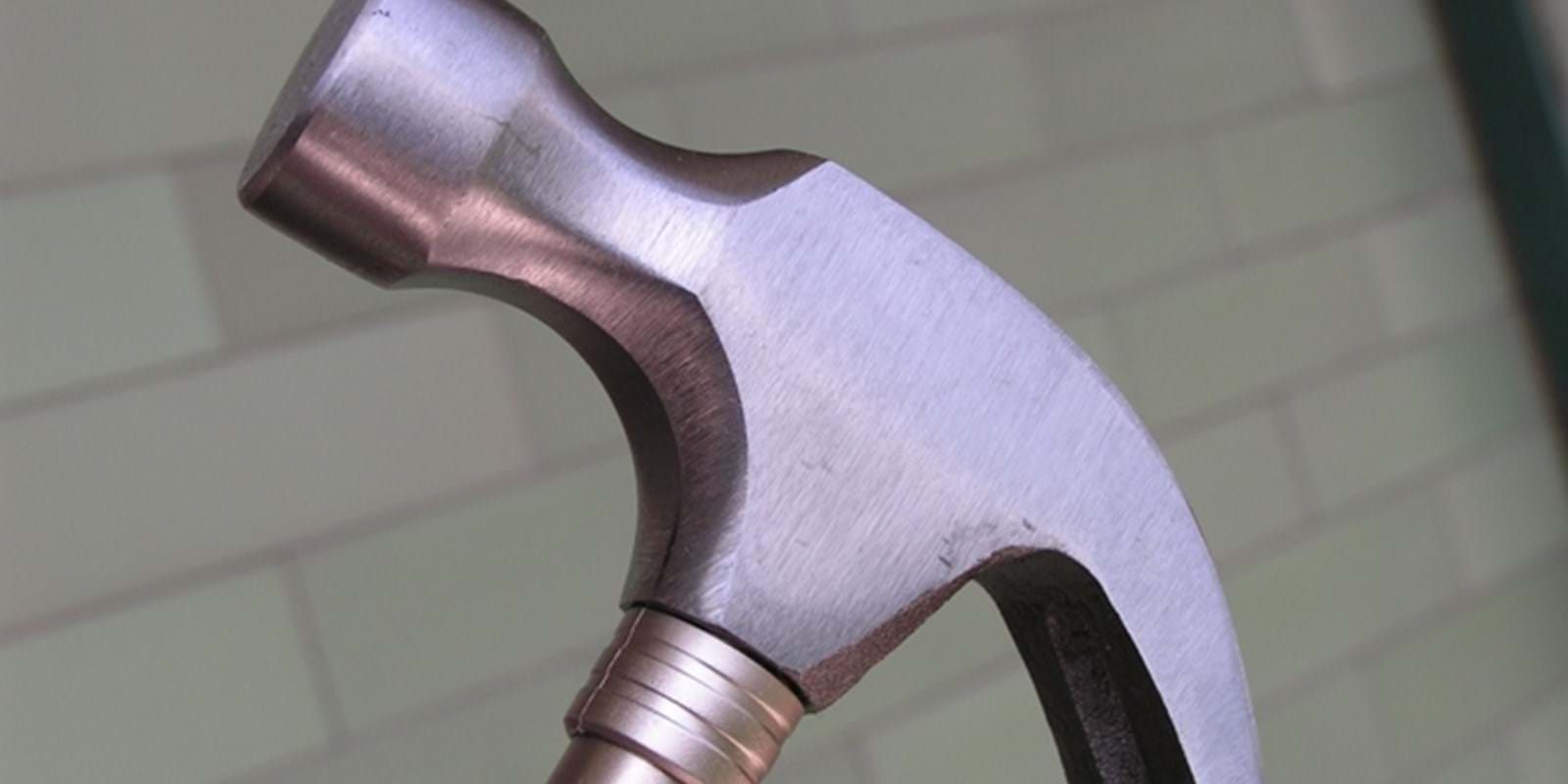We all rely on the appliances and systems in our homes for our health, comfort, convenience and security. Unfortunately, we often cannot rely on these systems when the power goes out.
A backup system can help you take care of your family in the event of a power failure. To make sure you’re prepared the next time the lights go out, Canada Mortgage and Housing Corporation (CMHC) offers the following tips on how to choose a backup power system for your home:
- To determine how large a backup system you need, decide what you really need to power and what you can do without for a few days. If you only need to power a sump pump to stop your basement from flooding, for example, then a gasoline-powered pump could be simpler than a full backup system. If you need to power your lights, refrigerator, microwave, furnace, well pump, medical equipment, garage door opener, smoke and fire detectors and a home office, then a more elaborate and expensive backup system would be required.
- Minimize energy demands by switching to energy-efficient lights and appliances and by making sure your home is well insulated and air-sealed. This can reduce the size and cost of the backup power system.
- To calculate how much backup power you need, add up the maximum power draw (in kilowatts) of all the fixtures and appliances you need to power. Then add about 25 per cent as a reserve for startup power.
- Consider installing a high-efficiency fuel-fired space heating stove that can operate without electricity, so the backup system does not have to be sized to run the heating system. For gas and oil furnaces and boilers, the backup system can be sized to operate the furnace fan or pump, burners and controllers. Never use unvented barbecues, cook stoves, propane or kerosene heaters, or other combustion appliances inside your house, as they can produce toxic gases and fumes.
- For new homes, consider installing a separate backup power circuit to only power the lighting, safety systems and appliances needed to get you through a power outage.
- When you’ve decided which backup system is right for you, hire an electrician or electrical-contractor with experience with such systems to install and prepare it.
- Finally, install smoke and carbon monoxide alarms, and test your system frequently to be sure it will be ready when you really need it.

